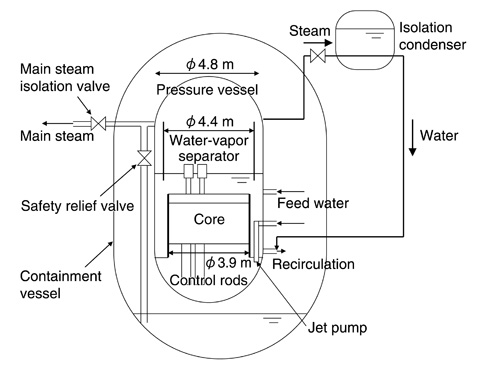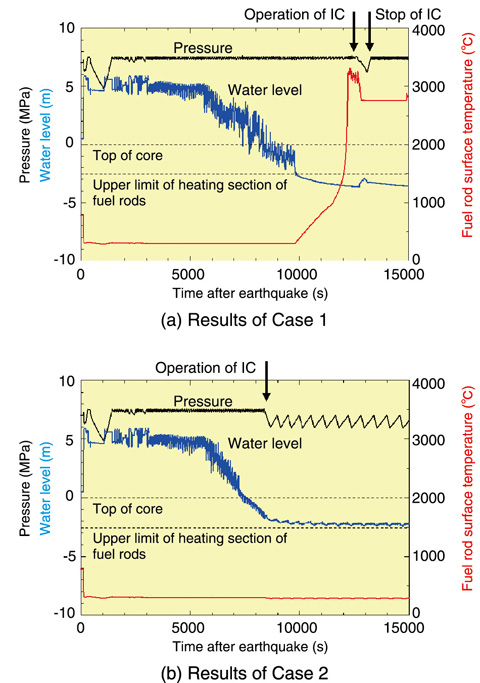
Fig.1-39 Outline of the analytical components
Table 1-5 Analytical conditions


Fig.1-40 Predicted results using the TRAC-BF1 code
In the TEPCO’s Fukushima Daiichi NPS Unit 1 reactor (1F1), after the station blackout due to the tsunami following the Great East Japan Earthquake, the isolation condenser (IC) was operated. However, because the cooling water could not be supplied to the reactor core, a core meltdown occurred. To validate reactor core cooling using an IC, accident analyses for 1F1 were performed using TRAC-BF1, which is a safety evaluation analysis code for light water reactors.
Fig.1-39 shows the outline of the analytical components.
The analytical conditions are shown in Table 1-5. Case 1 describes the conditions that simulate the actual event. The IC operates for 420 s after 12660 s progress from the earthquake occurrence. On the other hand, in Case 2, the IC is assumed to operate continuously after 8400 s progress from the earthquake occurrence.
Analytical results for the pressure, water level, and fuel rod surface temperature are shown in Fig.1-40. Here, the water level is the value presumed on the basis of the amount of water from the bottom end of the pressure vessel. The fuel rod surface temperature indicates the maximum outer surface temperature of the fuel rod cladding.
In Case 1, exposure of the fuel rods occurs owing to decrease in the water level in the core at 11000 s after the earthquake. Because the fuel rod temperature was already above 1000 °C when the IC was started up after 12660 s progress from the earthquake, it was found that avoidance of a core meltdown was difficult, even if the IC continued to operate.
In Case 2, because the upper limit of the heating section of the fuel rods was not exposed, it was confirmed that the fuel rods could be cooled. Therefore, it was judged that a core meltdown could be avoided if the IC had been operated at the early stages after the earthquake.
The present results were reported to the accident cause research team of the committee on accidental investigation of the Japanese government, and were used for creation of the interim report published on December 26, 2011.